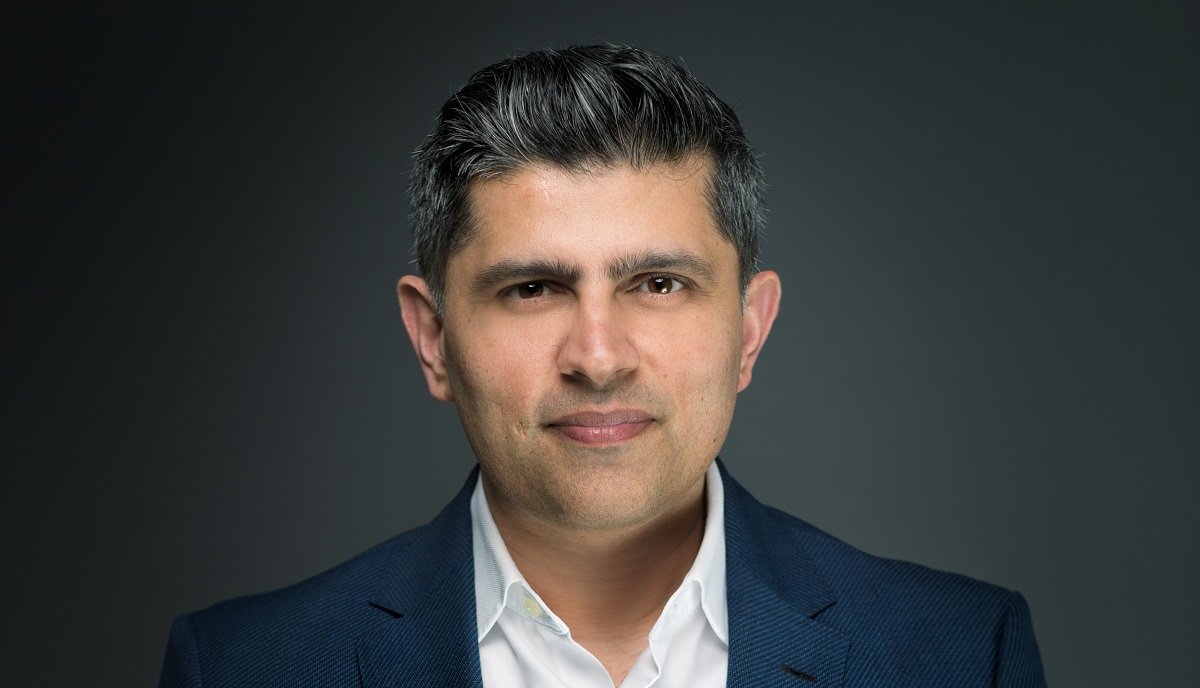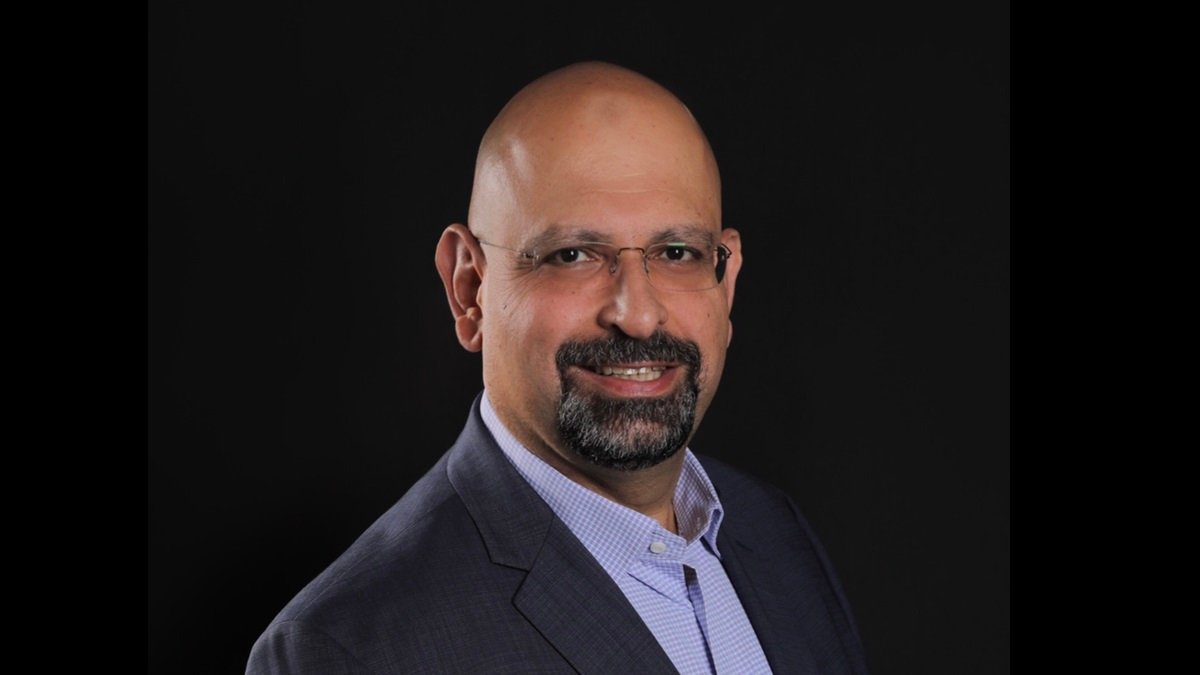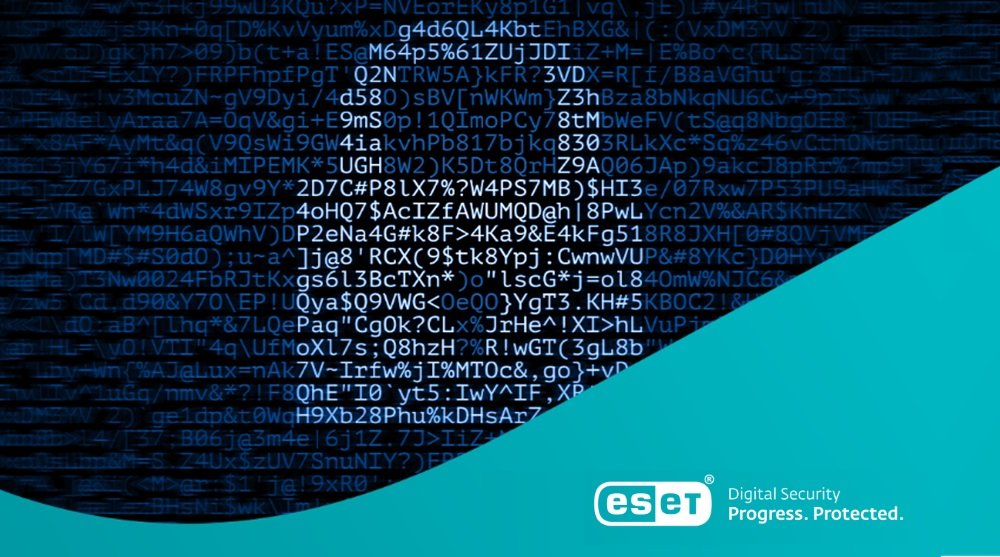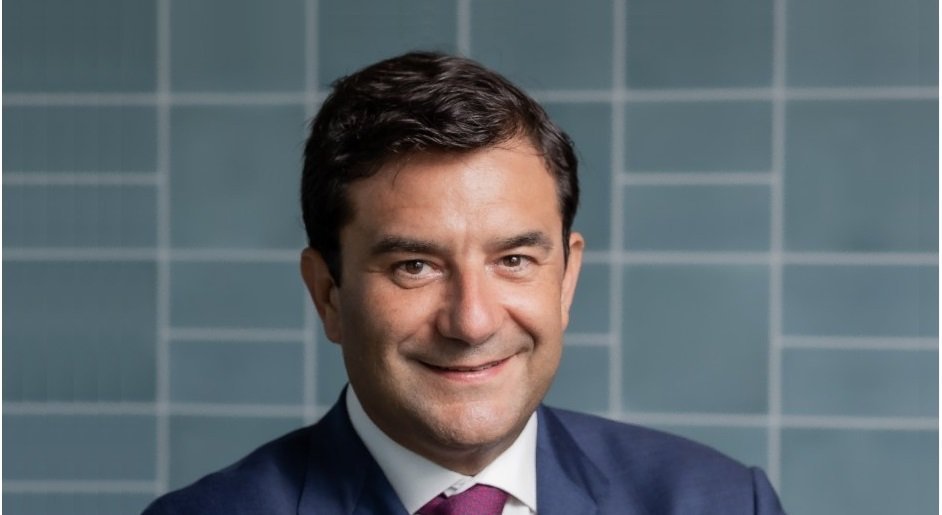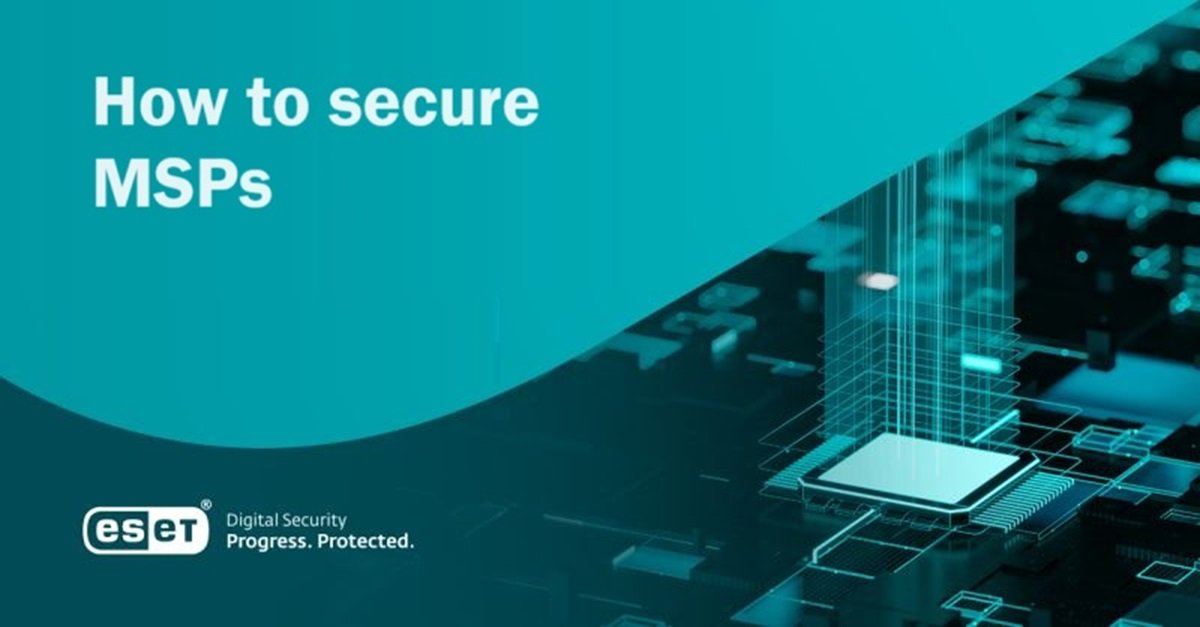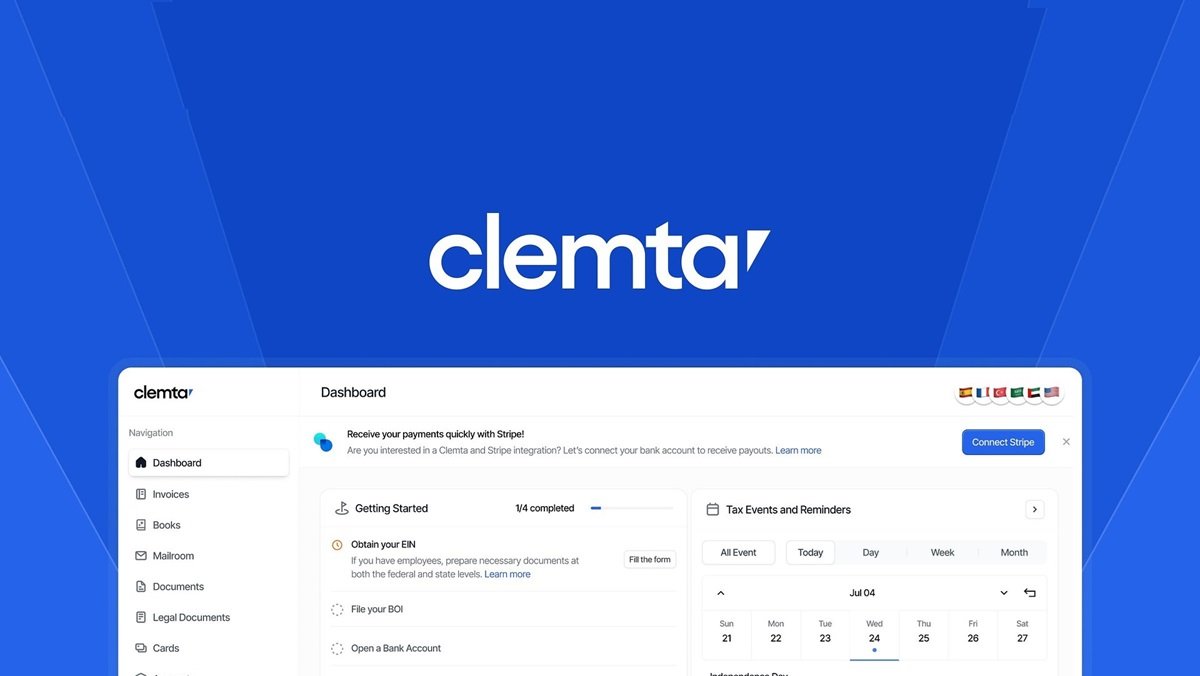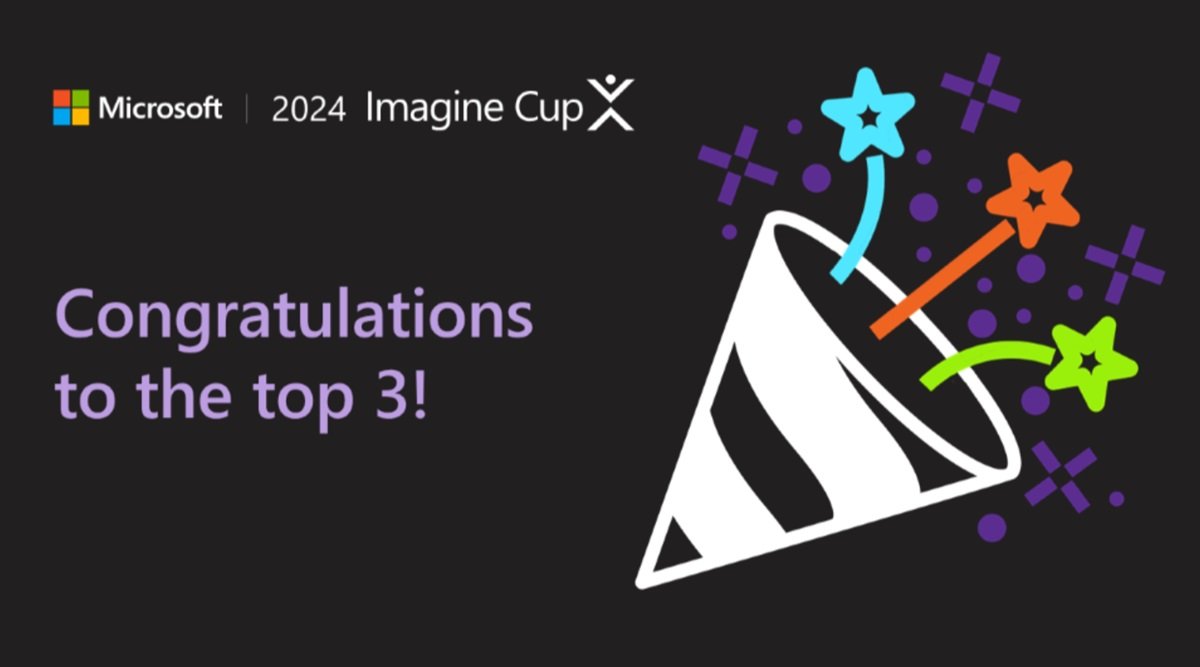Haider Pasha, Chief Security Officer at Palo Alto Networks, EMEA, and LATAM, discusses The Healthcare CISO’s Guide to Cybersecurity Transformation, which highlights the latest trends in healthcare today and where security leaders should focus their defensive efforts going forward.
Malicious attacks on healthcare have grown exponentially in recent years. According to the HHS Office for Civil Rights (OCR), large breaches increased by 93% between 2018 and 2022. Additionally, large breaches involving ransomware increased by 278%. Healthcare in particular is a prime target. Customer information is valuable for identity theft and blackmail, while many health systems still operate with legacy technologies.
Healthcare is undergoing rapid modernization. New technologies in the field can dramatically improve outcomes while new care delivery models make the experience of receiving care much more pleasant for patients. This also introduces a new level of risk that must be addressed: an ever-expanding attack surface in healthcare.
Understanding the largest drivers of healthcare transformation today is key to securing digital transformation and providing the quality of care patients deserve. Here is a look at several trends highlighted in the guide.
1. The Rise of Remote Care
Telehealth and remote patient monitoring are revolutionizing the care delivery experience. Patients enjoy better access to care, especially those with disabilities or those who live in underserved communities. According to the CDC, 37% of Americans used telemedicine for at least some services in 2021.
While innovations, like remote care, optimize patient-centric care delivery, they also introduce new cybersecurity challenges. Remote care requires access to EMRs, PHI, virtual visits and RPM devices delivered from multiple channels: Data centers, cloud providers and SaaS providers. Security teams must also manage the IT infrastructure and connectivity between hospitals and patients. Ultimately, this shift toward decentralized care delivery models expands the attack surface and makes securing the entire network much more painstaking.
2. The Proliferation of Connected Devices
Connected medical and non-medical devices now make up a sizable portion of a hospital’s network. MRI machines, IV pumps, blood pressure monitors, laptops and security cameras, and even HVAC systems, just to name a few. Preventing data compromise and risks to patient safety requires securing these connected devices from end to end.
Complete visibility among the diversity of devices can be extremely challenging, especially among providers practicing distributed-care delivery models. Devices are often connected to complex medical IT environments while located in medical centers, remote clinics and patient homes. This widens the endpoint sprawl, making every device a potential target for cybercriminals. To further complicate this problem, many IoT and IoMT devices are both critical to provider operations and highly insecure.
3. The Increasing Complexity of Medical IT Environments
Applications and services are now hosted in data centers and the cloud, or they’re delivered by SaaS providers, while clinicians deliver care from anywhere using an array of connected medical devices. Many of these run on antiquated operating systems, and often cannot be patched or secured effectively. Security teams are tasked with managing these increasingly complex IT environments, which require significant technical resources.
Healthcare organizations often attempt to secure this digital landscape by tacking on point product solutions that provide a single security function each. These products typically lack integration and cohesiveness, only adding to the complex challenge.
Securing Digital Transformation in Healthcare
Today’s healthcare cybersecurity can’t run on multiple disjointed products. Continuous care delivery requires a unified approach designed to identify and prevent known and unknown threats in real-time. How do you achieve this while protecting your environment in an ever-evolving threat landscape? Start by prioritizing three focus areas:
- Securely deliver care from anywhere.
- Secure connected devices.
- Simplify security through consolidation.
Our newest guide delves into the many challenges of securing healthcare digital transformation and how cybersecurity consolidation empowers security teams to protect data, support better patient outcomes, accelerate innovation, and ensure positive experiences for both patients and providers. Check out The Healthcare CISO’s Guide to Cybersecurity Transformation to improve the security of your healthcare environment.

